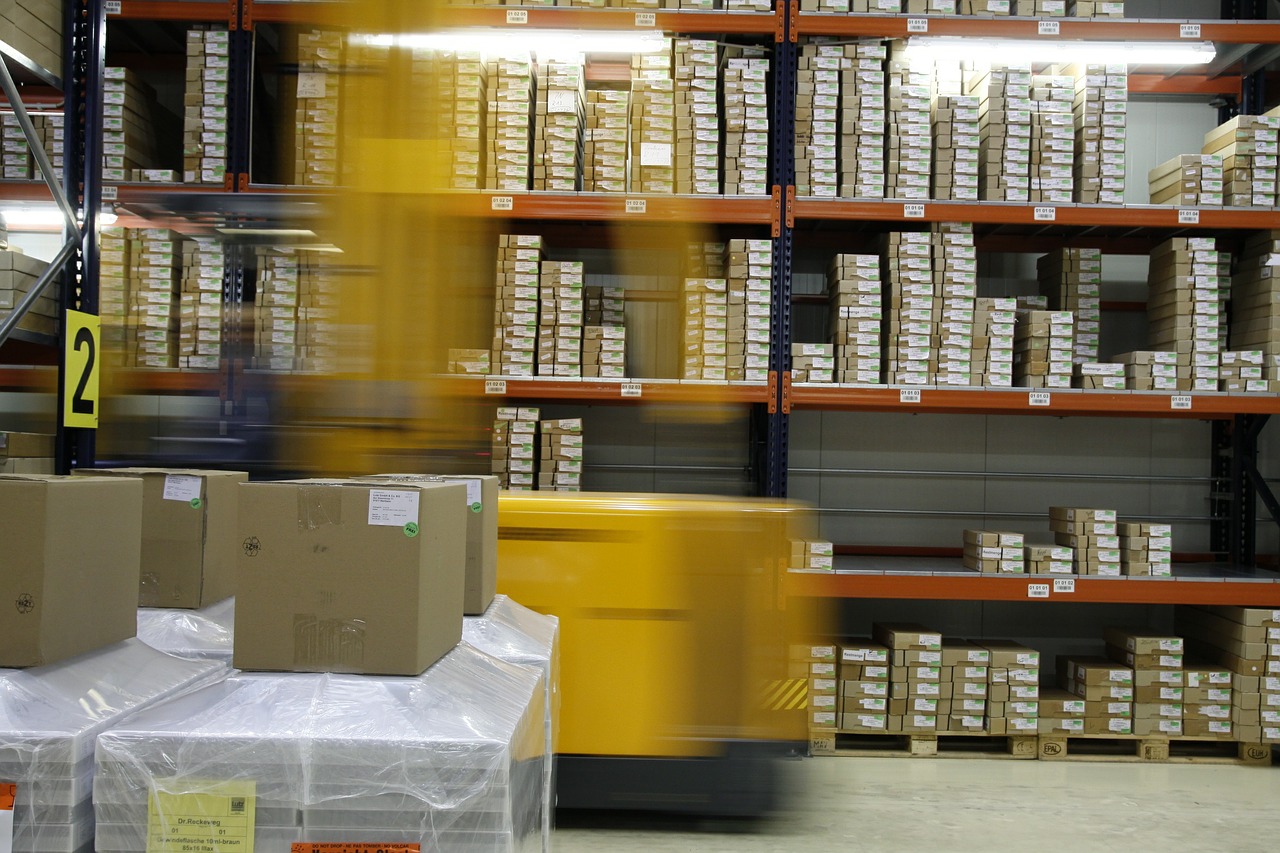
Everything is getting smart these days: watches, cars, homes, entertainment, construction; the list goes on, but is packaging getting smart as well? The focus on “smart” packaging is increasing because of the many ways it has already begun changing the product packing industry and packaging as a whole
According to a recent TFT survey, a sizable portion of consumers are interested in incorporating smart packaging into their daily lives. According to the survey, 7% of respondents have already used smart packaging, and 40% intend to do so in the future. The potential of smart packaging is anticipated to be recognised for manufacturers, retailers, and consumers alike in this connected world. One of the sectors with the fastest global growth is packaging. In fact, over the following few years, it is predicted to boost by 10%. If you want to get your customers to consider and care about the packaging of your products, consider using smart packaging. If you want to get your customers to consider and care about the packaging of your products, consider using smart packaging. By providing your customers with a better experience than other brands can through the packaging of their products, it will help you stand out from the competition..
What is Smart Packaging?
Smart packaging essentially refers to the use of new and exciting technologies in the packaging industry that will improve both consumer and business utility, making it much more simpler to access and track all relevant information pertinent to products and companies. Consumers can gain more insight into what they are buying through more information, better product tracking, and transparent sharing: this is a great way to learn more about the companies making the products they are purchasing and using. For producers, smart packaging can be a gateway to learning more about consumers and markets that businesses are selling to, along with additional information that provides a more tailored, unique, and accessible experience for consumer to engage with.
Major e-commerce platforms and companies have already begun investing in smart, sustainable and tech integrated packaging opportunities; the smart packaging market is forecast to expand up to $59 billion by the end of 2026 alone. You can take a look at this brief overview of what smart packaging involves, including its applications and benefits. Choosing the flexible packaging for your products is a first step towards smart packaging
Examples of smart packaging in India
- Temperature-controlled packaging: Food and beverage companies like BigBasket and Grofers use this packaging to ensure that perishable goods like fruits, vegetables, and dairy products remain fresh during transit. These packages are equipped with temperature sensors and gel packs that help to maintain the temperature within a specific range, ensuring that the products reach the customer in good condition.
- RFID-enabled packaging: Many ecommerce companies in India use RFID-enabled packaging to track and monitor their shipments. Companies like Flipkart, Amazon, and Snapdeal use RFID tags to track their packages throughout the supply chain, providing real-time visibility into the location and status of each package.
- Anti-theft packaging: Companies like Myntra and Jabong use tamper-evident bags and boxes that are designed to show signs of tampering if they have been opened or compromised.
- Interactive packaging: Tata Cliq, an online fashion and lifestyle store, uses augmented reality (AR) technology to create interactive packaging that allows customers to visualize the products before they buy them.
- Sustainable packaging: Many e-commerce companies in India are adopting sustainable packaging solutions to reduce their environmental footprint. For example, Flipkart has introduced eco-friendly packaging that is made from recycled paper and can be easily recycled or composted after use.
- Smart labels: Snapdeal has partnered with a company called AuthBridge to introduce smart labels that can be scanned using a smartphone to verify the authenticity of the product.
Types of Smart Packaging
Smart packaging can be primarily divided into two categories:
Active Packaging
In active packaging, the package affects and better preserves what’s inside and the goal is to ultimately increase a product’s shelf life. The packaging is in direct contact with the product and releases compounds (yes! this is real) that enhance the medium and protect the components from environmental factors. The most popular applications of this include ethylene and oxygen absorbers, light filtering materials, moisture-control, antimicrobial coating, to name a few. A great example of this is the addition of oxygen absorbers to caps in plastic beer bottles which increases the beer’s shelf life from three months to six.
Intelligent Packaging
Intelligent packaging is meant to communicate with the world outside rather than just the packaging itself. This aims to add diagnostics and clearly explain how the contents of a package function, it can also be a great marketing tool for better customer engagement. Intelligent packaging uses sensors and indicators that can monitor a product’s condition and provide information about its status. The focus is on temperature, tightness, freshness, storage, and so on. For example, food packed in intelligent packaging can change colour to indicate leaks or contamination. This can be a major boost for farmers and suppliers as food products will be better preserved and also for consumers who will get to know exactly how safe and consumable their food is.
RFID-enabled packaging
RFID (radio-frequency identification) technology can be integrated into packaging to enable real-time tracking and monitoring of the product throughout the supply chain.
Benefits of Smart Packaging
There are many devices in the IoT (internet of things) that communicate with smart packaging. Now packages can be equipped with electronic components that can provide Bluetooth, LED lights, alarms, RFID chips, and even loudspeakers. These components communicate with suppliers to achieve better protection and promise impressive conveniences. A good example is medicine packaging that can monitor how the medicines are being used; the package can monitor each pill a person takes take from the container and sound off an alarm if a wrong pill or dosage is taken at any time. This can also help healthcare providers link up their systems with these packages and monitor the medicines consumed by their patients.
- Customer Awareness
With technologies such as QR codes, RFID and NFC, intelligent packaging provides a great customer interface that can help consumers learn more about the products they purchase. A consumer can scan a QR code on a food package, and be directed to a page which will provide all necessary details regarding dietary concerns, ingredient sourcing, research and nutritional value. Another example is packaging that can direct customers to product guides and user manuals through their smartphone cameras.
- Quality Control
With the use of sensors and indicators, smart packaging can help monitor the condition of a product and indicate whether it is good for use or compromised. Some packaging can even increase shelf life by eliminating unwanted particulates from the medium, while others can help detect counterfeits. The result is transparent access to genuine quality products which can be traced back directly to the manufacturer. Effective, long lasting quality control solutions have been amiss in the industry and smart packaging can provide this with ease.
- Staying Relevant
For any business that hopes to keep growing, investing in new technologies is favourable and at times inevitable. The major task is to identify ideal practices and technologies that can impact business in a positive manner. Smart packaging will provide your customers with an advanced interface and a shopping experience they may come to abide by. Remember, customers always seek out newer, better technologies and experiences, and smart packaging is the next best thing you can invest in for the long haul. Investing in smart packaging will also help project your company as a technologically advanced enterprise and will help your brand gain favourable customer attention.
- Genuine, Counterfeit-Proof Products
We’re all aware that there are many instances and impersonators who sell fake products under the guise of another product and brand name, this is harmful and takes away substantial profits away from any business. On top of that, fake products which are of inferior quality can damage your brand name and reputation. With smart packaging solutions, businesses and consumers will be able to better keep track of their products and purchases respectively.
- Transparency
Today, major corporations are being held accountable for their social, economic, and environmental impact and this will become more important to the everyday consumer. Consumers are more likely to purchase a product if it’s environment friendly and they’ll even spend a little extra on it as well. Smart packaging helps consumers and businesses track where product materials are sourced from, where and how they are manufactured and by whom. This relevant information can be integral to consumers determining if they want to purchase from a brand in an ethical and responsible manner.
- Positive Customer Experience
Some products are difficult to understand compared to others. Providing engaging opportunities for consumers to engage with and learn about the products they are buying is an important step in ensuring they understand the full capabilities of a product. Smart packaging can help direct customers to web informational videos and seamlessly connect them to a customer support line if they need to ask questions, raise concerns, and much more, all in a time-friendly manner.
The merits of smart packaging and its untapped potential are quite obvious and the practice can sustainably extend the functionality of product packaging to meet a plethora of needs. For the customer, the challenge might be getting used to the extra perks and changing old consumer habits. On the other hand, companies have to identify technologies that work well and become the first to offer them within the niche. The times surely are a-changing, and we must change right alongside in order to grow, and grow responsibly no less.
Carbon footprints are also an important aspect to see while choosing the smart packaging for brands
How could smart packaging shape the future of the packaging industry?
Smart packaging has the potential to revolutionize the packaging industry, offering new opportunities for innovation and differentiation. Here are some of the ways in which it could shape the future of the industry:
- Increased customization: Smart packaging can be tailored to the specific needs and preferences of the consumer, for example by providing information about the nutritional content of a product or offering personalized promotions and offers.
- Enhanced user experience: It provides a more engaging and interactive user experience, for example by using augmented reality to bring the packaging to life.
- Improved supply chain visibility: RFID-enabled packaging can provide real-time data about the location and status of products throughout the supply chain, helping to optimize inventory management and reduce waste.
- Better consumer insights: It gives valuable data about consumer behavior and preferences, helping manufacturers to develop more targeted and effective marketing strategies.
Do you also feel the need to have smart packaging products in Delhi that enables sustainable packaging for your business?
Contact the best flexible packaging providers in Delhi now
FAQs related to Smart Packaging in India
The cost of smart packaging varies depending on the type of technology you need and use along with the volume of production required. While some smart packaging solutions may be more expensive than traditional packaging, but they add additional benefits to any business that can help manage the costs.
Major challenges in adopting smart packaging include the following
- Cost of implementation
- Need for specialized equipment and skills,
- The compatibility with existing systems,
- Data security risks involved.
Businesses can ensure sustainability using eco-friendly materials, optimizing the packaging size and design, and ensuring proper disposal and recycling of the packaging.
Few best practices for implementing smart packaging include conducting a cost-benefit analysis, considering the entire supply chain and customer journey, involving all stakeholders in the decision-making process, and monitoring and evaluating the effectiveness of the smart packaging solution.
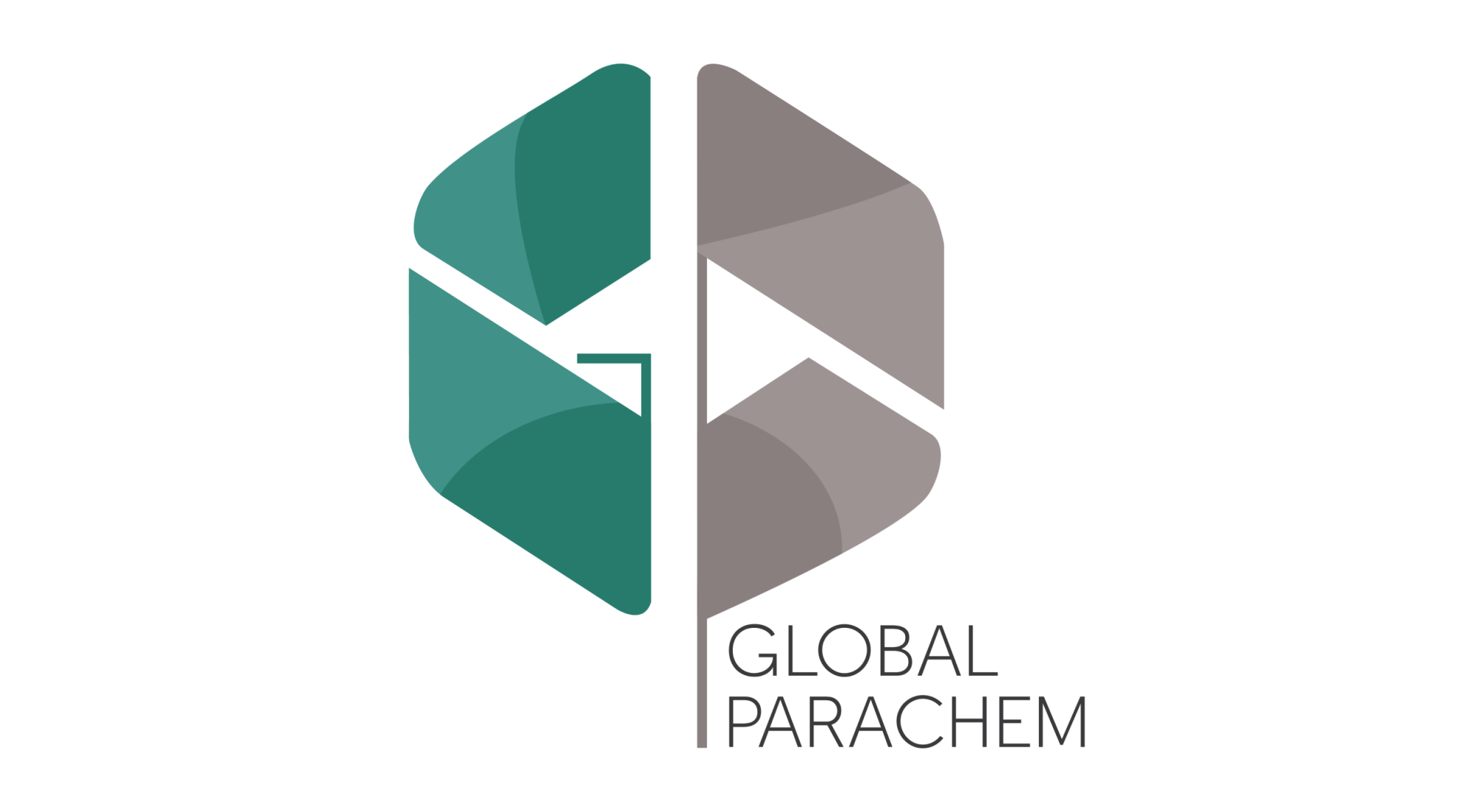
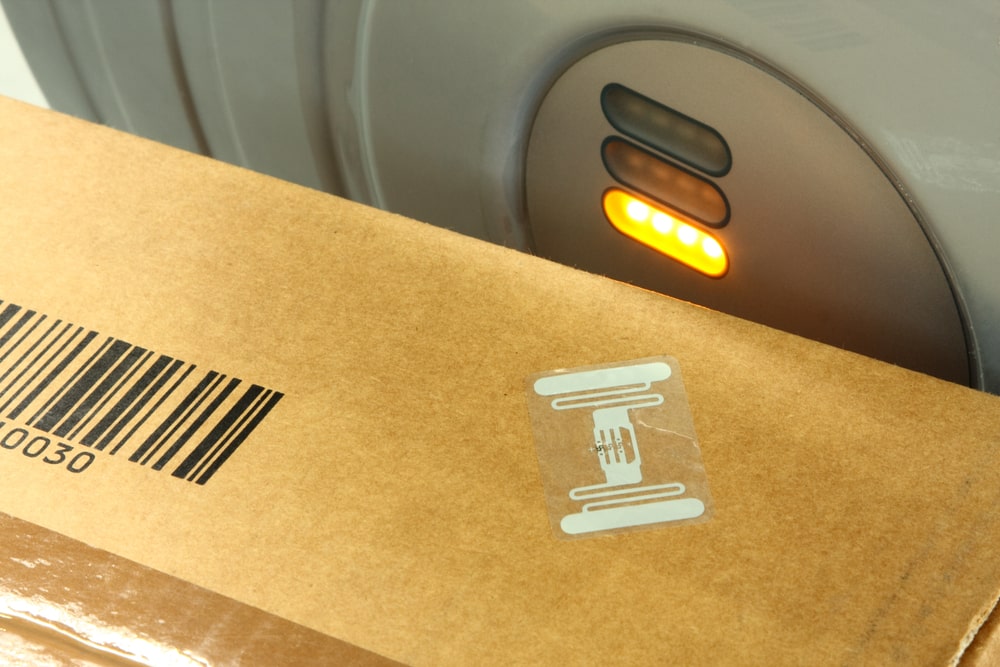
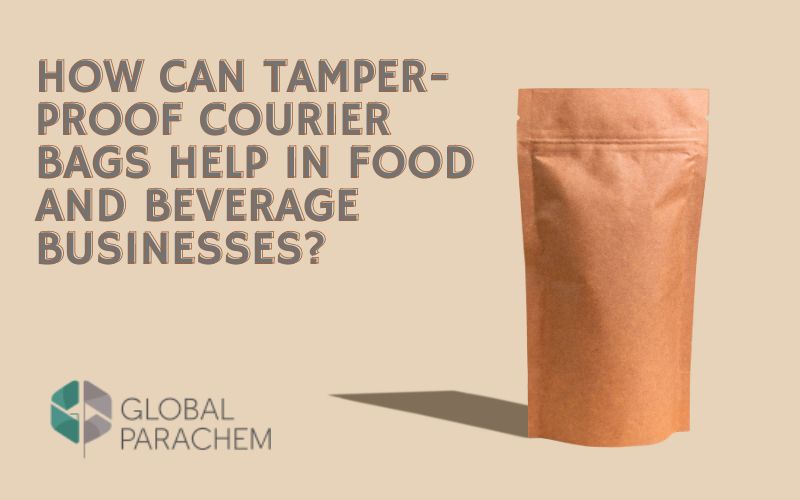
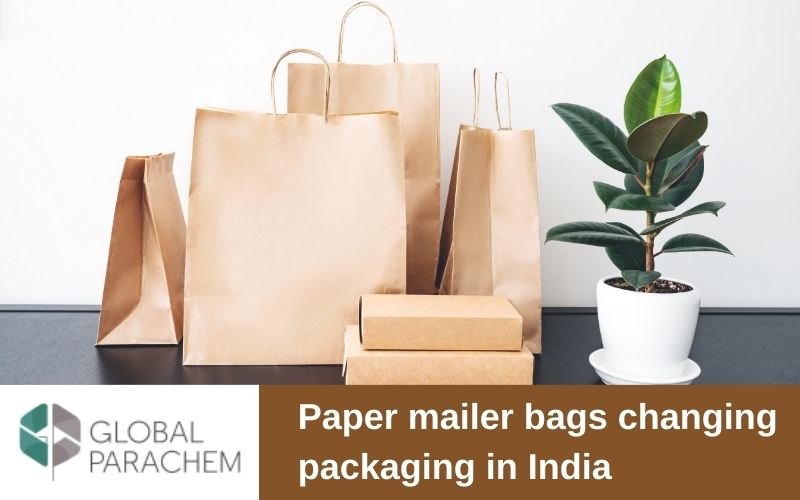
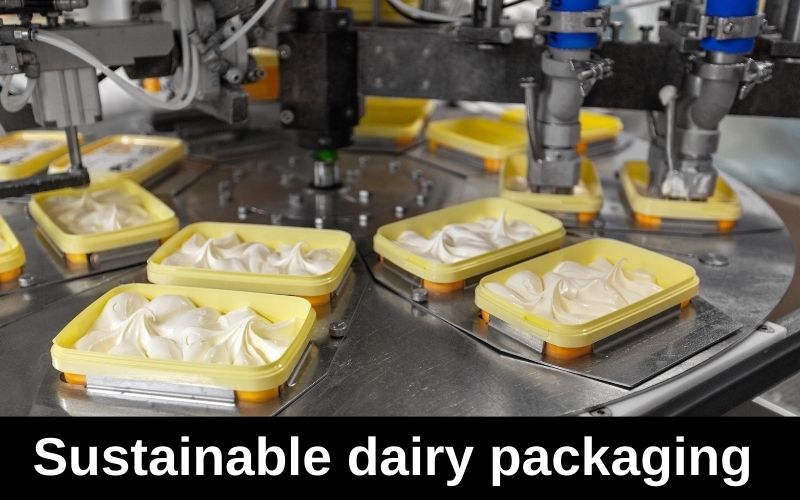
Leave a comment